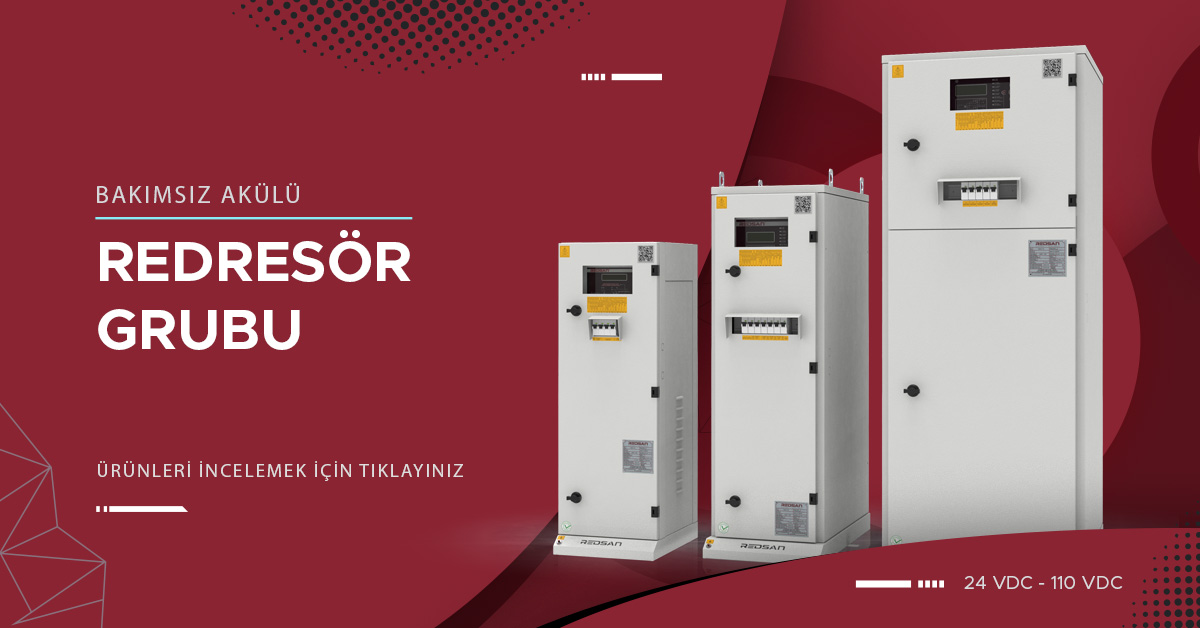Why a rectifier is used What are the areas of use




The rectifier is controlled by phase control method. It adjusts the DC output voltage and is installed with the help of diodes, thyristors and these circuits. The device has different groups within itself. This varies according to the number of phases, the number of waves and the control state. According to the control status,
1. Semi-controlled,
2. Controlled,
3. It is uncontrolled.
Among them, uncontrolled types have only diodes. The controlled rectifier is created with a thyristor. Semi-controlled ones work with both. According to the number of phases, rectifier types are seen as single and multi-phase.
The last type is according to the number of waves. In this context, there are half and full wave rectifiers. In addition, their outputs may also differ;
1. 12 VDC Rectifier
2. 24 VDC Rectifier
3. 48 VDC Rectifier
4. 110 VDC Rectifier
5. 220 VDC Rectifier
Output capacities differ as 15, 30, 50, 80, 100 and 150 amps. In terms of the variation of these types, it should be known exactly which one you need before purchasing and a choice should be made accordingly.
For more detailed information, you can review our What is a rectifier? content.
Why is a rectifier used?
Although the types of rectifiers vary, when we look at the question of why they are used, it is seen that they are used to charge the battery. There are different rectifier models used today. With the main headings, these are as follows;
1. Electron tube rectifier
2. Electrolyte rectifier
3. Dry rectifier
4. Mercury vapor rectifier
Buying without knowing what you need in terms of these differences may cause you not to reach the efficiency you want. It should also be remembered that the standard output capacities vary in each one.
Rectifier Usage Areas
What does a rectifier do It is not only used to charge batteries. Today, its usage areas are quite wide. Some of them in items are as follows;
1. Cathodic protection
2. Energy transmission lines
3. Generator
4. Electroplating
5. Telecom sector
6. DC motor supply
7. Welding machines
8. Safety and emergency lighting
9. Energy backup
10. Switchgear
11. Computer power supplies
12. DC chopper and inverter supply
13. Substations
The wide range of applications also affects the types of rectifiers. Therefore, if you make the wrong choice, you will not get the results you want.
Rectifier Prices
Rectifiers are devices used in many places in everyday life. Since the requirements are different everywhere, the types also vary. This situation also affects the issue of rectifier prices. How much power they give and in which area they are used are among the important factors.
Therefore, there are no standard prices for each rectifier device. If you want to choose the one that best suits your budget, you should first know what the requirement is and make a decision by making an examination accordingly.
In this way, it is possible to obtain rectifiers that you can use for a long time and achieve high efficiency.
How does a rectifier work?
Before moving on to the rectifier operating principle, it is important to know what diodes are. These are circuit elements that allow electricity to flow in one direction. They are semiconductors and allow current flow when positive voltage is applied. If voltage is applied in the opposite direction, it resists the current, thus preventing the passage.
Thyristors are used in power electronics circuits for fast switching tasks. It consists of a combination of four semiconductor materials.
Rectifiers work on the principle of converting alternating current to direct current with the help of a diode. When AC current or voltage is applied to the diode, the positive half cycle diode becomes forward biased. Thus, it allows the current to pass through.
However, when the voltage direction is changed, it becomes negative half cycle. Here the diode blocks the current because it will be reverse biased. In this way, the current is also rectified as only positive current passage will occur.
As a result, DC current can also be obtained. Half and full rectifiers express how much the current is rectified. In this respect, a half-wave rectifier, which is one of the rectifier types, is used to rectify half of a full wave.
A full wave, on the other hand, provides the opposite, i.e. complete rectification of a wave. It consists of four insulating conductive layers of type P and type N, one after the other.

